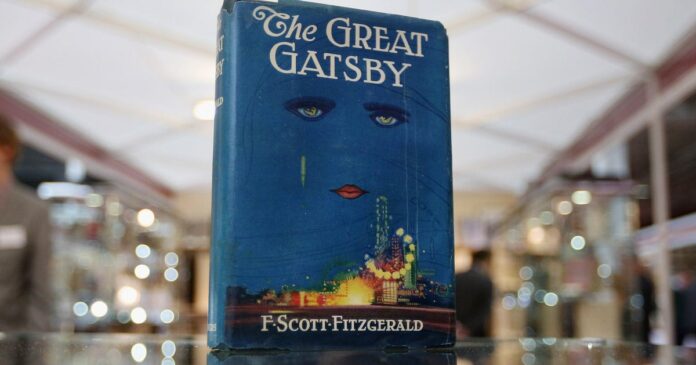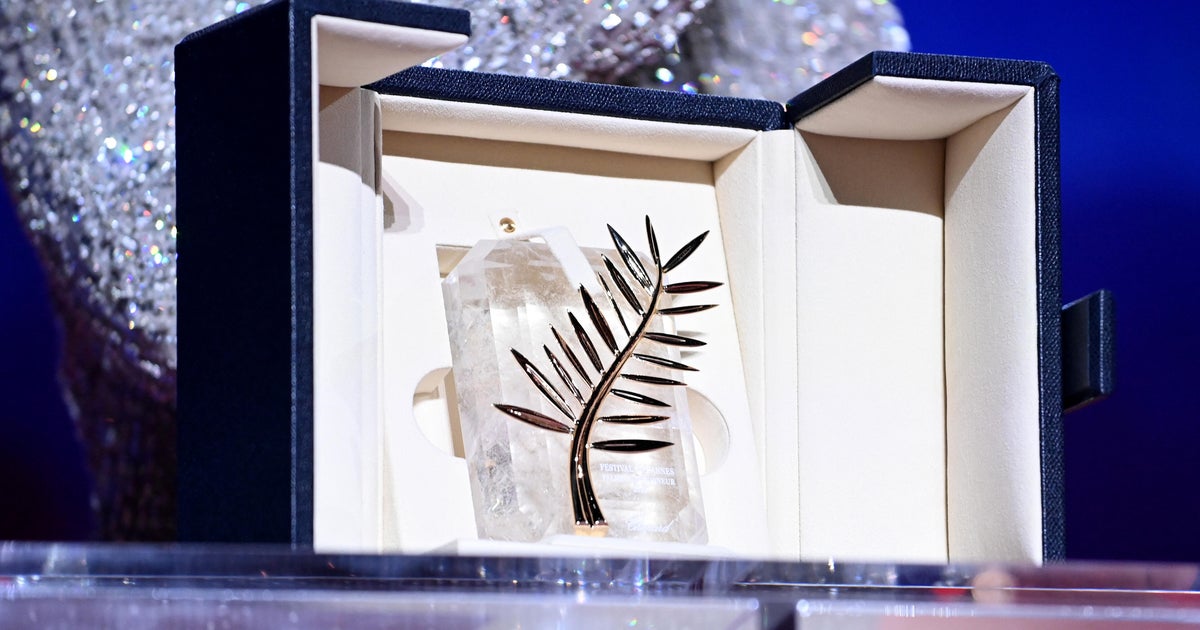In fact, when Fitzgerald – a St. Paul, Minnesota native whose debut novel “This Side of Paradise” launched him into national prominence at the age of 24 – died in 1940 at the early age of 44, the book was already in danger of falling into obscurity.
Now, 100 years after the book’s first publication on April 10, 1925, it endures as one of the country’s foremost tales of American hubris, modern yearning and class consciousness. And its clear-eyed assessment of the attainability of the American dream remains incisive with each passing decade.
Fitzgerald’s book, long a staple in high school literature classes, tells the story of Nick Carraway, a Midwesterner (and veiled Fitzgerald stand-in) who becomes enamored with the bon vivant, Jazz Age lifestyle on Long Island, specifically the effects of mutli-millioniare Jay Gatsby.
Like Carraway, Gatsby is a Midwesterner who has trekked to the East Coast to make a name for himself. It’s Carraway’s cousin Daisy Buchanan who serves as the catalyst for Gatsby’s downfall, and ultimately Carraway’s own disillusionment. All the while, a symbolic green light beckons from the distance.
When the book was first published, reviews were largely positive, though not unanimous. Fitzgerald, who originally wanted to title the book “Trimalchio in West Egg” before being persuaded to go with a title he thought far more generic, watched as the book languished on the vine commercially, selling fewer than 25,000 copies in the initial push.
He would only complete one further novel in his lifetime: 1934’s “Tender is the Night,” a thinly-veiled roman à clef of Fitzgerald’s own marriage to socialite Zelda Sayre, detailing their mutual descent into alcoholism and mental illness. Fitzgerald’s early death from a heart attack was likely fuelled by years and years of alcohol abuse. Ironically, he’d gone sober just ahead of the cardiac event.
If “The Great Gatsby” never achieved the level of esteem it now enjoys during the author’s own life, it wasn’t long after his death that Fitgerald’s literary reputation took off.
When the Modern Library asked authors, historians, critics and publishers on the eve of Y2K to rank their picks for the world’s best novels of the 20th century, it was “The Great Gatsby” that stood above all other U.S. contenders near the top of the poll. (The novel landed in second place, bookended by Irish author James Joyce’s “Ulysses” and “A Portrait of the Artist as a Young Man” in the top three.)
The novel has since launched multiple film adaptations, has been transposed to the stage, and since going into the public domain in 2021, has been the subject of an endless array of reimaginings, remixes and mashups. It’s even cleared space around itself as a modern-day meme, in the form of an animated .GIF depicting Leonardo Dicaprio (playing Gatsby in Baz Luhrmann’s 2013 film adaptation) smirking as he offers a champagne toast flanked by ostentatious fireworks.
A host of “Gatsby”-themed events are planned to mark the novel’s centennial anniversary, including a new exhibit of Fitzgerald’s life and times at the Minnesota History Center, as well as various, less-than-sober events leaning into the novel’s party-friendly Prohibition-era setting.
And if you managed to get through high school without having been assigned to read the book, there are a number of live readings of the book scheduled this month, including at St. Paul’s Gale Family Library.
Books, St. Paul
#Great #Gatsby #turns #Initially #sales #flop #regarded #great #American




